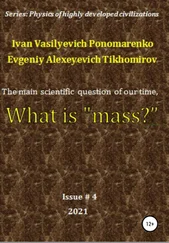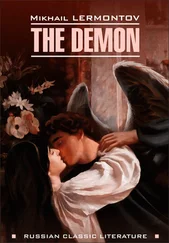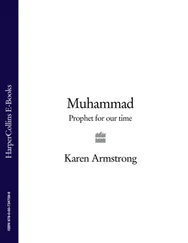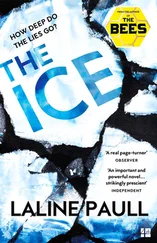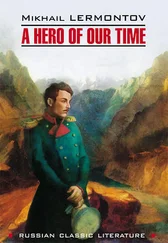actually, the Romantic excesses were incurred by the generation that was just ending, with the Byronic hero as the exemplar, while Lermontov's contemporaries such as those portrayed by Turgenev and Dostoeyevsky went on to new vices and virtues. However, the personality of this type of hero or criminal has fascinated a lot of writers and even readers of detective or spy novels in many cultures.
the name is derived from that of a Siberian river, as is Onegin by Pushkin. Of course, there are endless speculations about the character of Pechorin. What do you think? Have you known anyone like him?
the division into parts this way makes no sense (Nabokov called it "purely fortuitous") and seems to have been an invention of the clumsy editor of the second edition. Russian literature did not yet have a tradition of the prose novel, while European printers at the time usually divided novels into separate volumes for convenience and sales. If one wanted to read the book in chronological order of the fictional events, it would be this way: Taman, Princess Mary, Bela (The Fatalist comes in the middle of this), Maksim Maksimich, and the Preface. However, the order Lermontov uses does spiral in on Pechorin's character effectively. By the way, there are references in the book to "a long chain of tales" and teases about "a fat notebook" of remaining material, but, sorry, this is all we've got.
The Georgian (and Ossetian) north-south military highways built by the Russians over the middle part of the Caucasus Mountains are still the main routes. The track from Tibilisi (Tiflis) to Vladikavkaz follows the Aragva River, over the 8,000-ft. Pass of the Cross, the Koyshaur Canyon, and down through Kazbek and Lars along the Terek River, which flows to the Caspian Sea. The road is more than 120 miles long. The area is called "Asiatic" by European Russians.
now called T'bilisi, capital of the now independent nation of Georgia. Georgia has had a long relationship with Russia, notably between the Treaty of Georgievsk, 1783, and 1878, when the Russians drove to the Black Sea in a war against the Turks. In 1837 Georgia was peacefully run by the Russians. However, the mountain people to the north were involved in bitter resistance to the Russian takeover of their territory, and political rebels were sent to this front by the Czar's government just as they were to Siberia.
telezhka , crude springless horse-drawn carriage.
people (Cherkes) in the northwest Caucasus Mountains (Abkhazia, Kabardia) fought the Russians from 1815 to about 1839, when they were mostly subdued. In 1864 the entire nation of about 400,000 people emigrated to Ottoman territory rather than live under the Russians. They have an ancient origin evidently absorbing Greek, Roman and possibly Crusader elements, and because they were tall, handsome, and intelligent were favored slaves, mercenaries, and managers.
epaulets or epaulettes , fancy shoulder boards with fringes hanging from the ends showing an officer's rank. Although mostly generals or admirals wear them now for fancy dress, even lowly officers wore them then regularly.
The Chechens, and the Lezgians of Dagestan (the eastern part of the mountains), are Muslims, but speak Indo-European languages. Like many Native American Indians and third-world people in other countries, they bravely resisted the white man's colonization and pacification attempts, with a dirty guerrilla war that lasted years. The Dagestan guerrillas were conquered in 1857-9, when many of them went south to Armenia. The Chechens, many in North Ossetia in the mid part of the Caucasus, were also defeated. In 1920 they formed a province (oblast) under the Russians, united with the Inguish, but were exiled to Central Asia by Stalin after they were charged with collaboration with the Germans during World War II (in 1957 Khrushchev allowed them to return). December 11, 1994, Chechnia was again invaded by Russian troops, who destroyed the capital but failed to completely subdue the mountain guerrillas. We have seen little on the Internet about Ossetia, but here is a record of a visit by Fitzroy Maclean, we don't know when. And this Australian web page contains a full list of links to other resources about the Caucasus region.
older translations use "swarthy" – Nabokov comments that Lermontov uses both cliched and strange words for colors.
Russian army headquarters in North Caucasus, 160 miles northwest of Vladikavkaz.
i.e., not European Russians, who were those to the north but closer to the West. The term used by Maksim Maksimivich – though, is not one of much respect, more like the derogatory slang used by an American soldier, either for enemy or ally or just foreign civilian – just refers usually to the "foreign" Muslims in general.
(1772-1861), greatly respected leader of Russian counter-guerrilla operations, especially in Chechnia and Dagestan, 1818-1827.
here, the row of front-line forts in the counter-guerrilla war.
the officers' ranks in this book are significant – it seems that Pechorin was demoted after the duel and before the Bela episode, although he still outranked a cadet as an ensign. A second lieutenant or shtabs-kapitan was below captain but above ensign.
Parker's word is "ruffians", Nabokov's is "cut-throats." It indicates the resentment of the regular army officer against the unconventional but effective tactics of the mountain guerrillas, a word we sometimes use for Parker's abreks .
also spelled Tartars, descendents of invaders from Central Asia, but essentially at this point any Muslims who speak Turkish languages. Remember the Circassians don't speak a Turkic dialect, but a rare Indo-European one.
Kammeny Brod , probably fictional.
or boza , a new wine or other fermented drink made with hemp seed, not related to the slang word "booze", which is from Middle English for cup.
sounds like an interesting story, but we aren't told that story here.
mirnoy knyaz' – he didn't take sides between the Russians and the guerrillas.
the age is of interest since he insults the young cadet, who was about 21, a few years before, in "Princess Mary," and because a psychoanalytic interpretation of Pechorin's personality indicates narcissism and inordinate concern about his appearance and being an adult, or at least so say some experts.
short for Maksim Maksimovich, and pronounced like "Mack-SEE-much" according to Nabokov. We have changed the name throughout from Parker's "Maksimych."
"white army caps": an ordinary informal, fatigue uniform cap that would, however, be worn by an officer demoted in rank, such as a political exile or one who had killed another in a duel. (Cornwell notes the undertext of political exile in this locale through the book.) Regular Army epaulets indicate a lesser grade than a royal Guards officer from the capital. A cadet might wear an army overcoat to pretend he had been in a duel and so reduced in rank.
"Bad" according to the text, although it is not certain how skilled Lermontov (or Maksim Maksimich, or the unnamed narrator, either, for that matter) was with the maze of Caucasian languages. Can we trust any of the narrators here?
Читать дальше
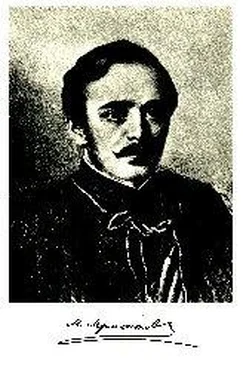
![Михаил Лермонтов - A Hero of Our Time [New Translation]](/books/27671/mihail-lermontov-a-hero-of-our-time-new-translati-thumb.webp)


